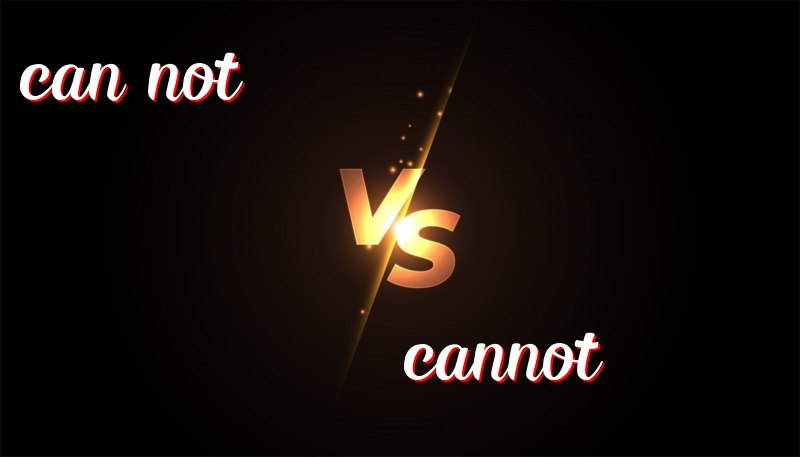Understanding the Subtle Differences Between “Cannot” and “Can Not”
Differences Between “Can not” and “Cannot”
Many people are confused about when to use “can not” and “cannot.” These words have similar meanings, but they are used differently. Let’s look at their history, how to use them, a trick to remember the difference, and examples.
History of “Can not” and “Cannot”
“Cannot” is a one-word version of “can not.” It became common in English long ago. “Can not” is less common but still correct. People used to separate “can” and “not” more often.
How to Use “Cannot” and “Can not”
“Cannot” is mostly used when we are saying something is not possible.
- I cannot find my keys.
- He cannot swim.
- They cannot join us today.
- We cannot wait any longer.
- She cannot lift the box alone.
“Can not” is used when we want to add more words between “can” and “not,” or when we want to focus on the word “not.”
- You can not only play games, but also study.
- I can not only read, but also write stories.
- We can not just sit; we must act.
- He can, not his brother, go to the store.
- She can not just keep the secret; she has to share it.
Trick to Remember the Difference
Think of “cannot” as one whole idea: something that is not possible. Use “can not” when you want to separate the idea or add extra words in the middle.
Summary
Use “cannot” when you are saying something cannot happen or is not possible. Use “can not” when you need to add more words between “can” and “not,” or you want to make “not” stand out.
Knowing how and when to use “cannot” and “can not” helps make your writing clear and correct.

Leave a Reply
You must be logged in to post a comment.